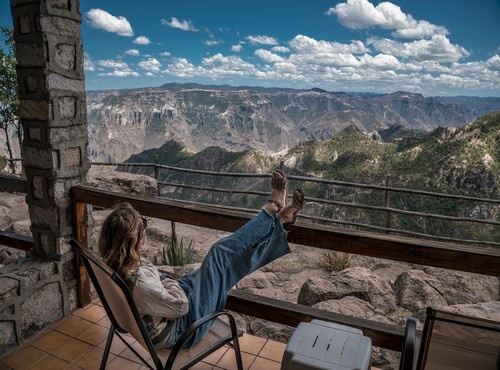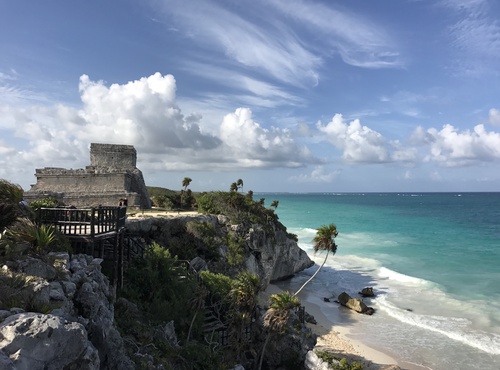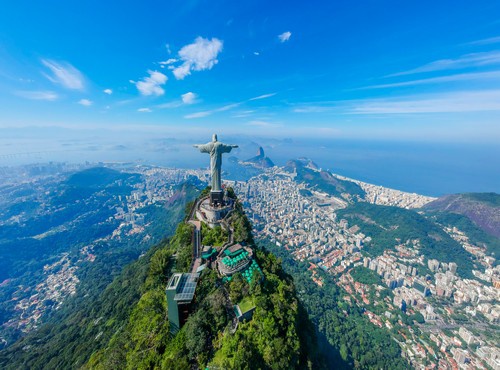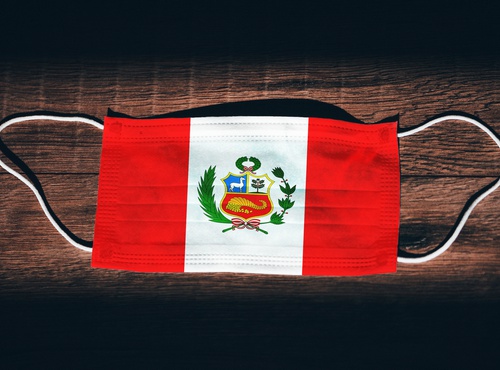
Written by:undefined undefined
Published: 14-08-2023
Mexico City, known for its rich cultural heritage and vibrant atmosphere, is a tapestry woven with centuries of history. One of the most fascinating aspects of the city's identity is its architecture, which serves as a tangible link to its past. Embarking on a journey through the Mexico City Architecture, and history, is akin to traversing time itself, witnessing the rise and fall of civilizations, the clash of cultures, and the evolution of design principles. Find out more about the fabulous architectural prowess of Mexico City here and some of the historical buildings you can witness on your next Mexico vacation!
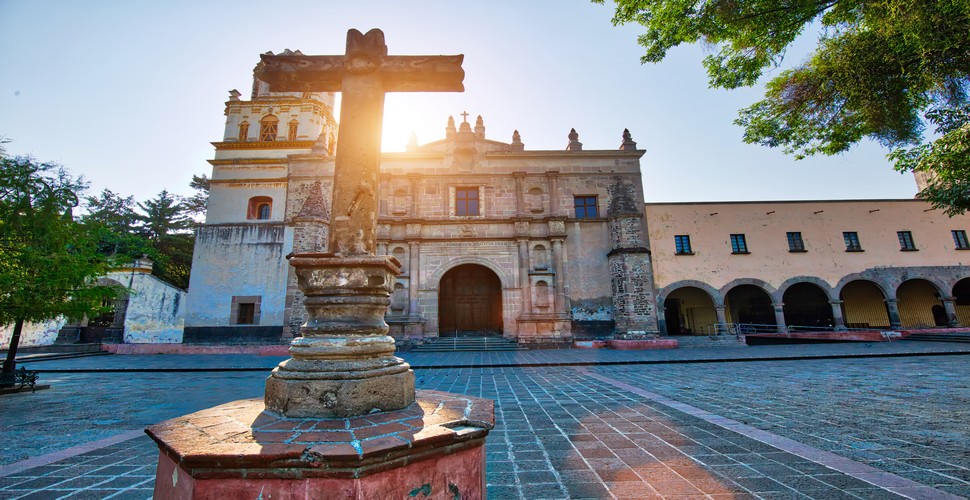
Stunning Mexican Church
Pre-Hispanic Marvels
Long before the arrival of the Spanish conquistadors, the area that is now Mexico City was home to advanced civilizations such as the Aztecs. The heart of their empire was Tenochtitlan, a city adorned with awe-inspiring architectural wonders. The Great Pyramid of Tenochtitlan, known as the Templo Mayor, stood as a testament to their engineering prowess and religious beliefs. The city's layout, characterized by canals, floating gardens (chinampas), and intricate causeways, showcased a harmonious integration of urban planning and nature. Even before the arrival of The Spanish, ancient historical buildings were significant to Mexico City architecture from thousands of years ago.
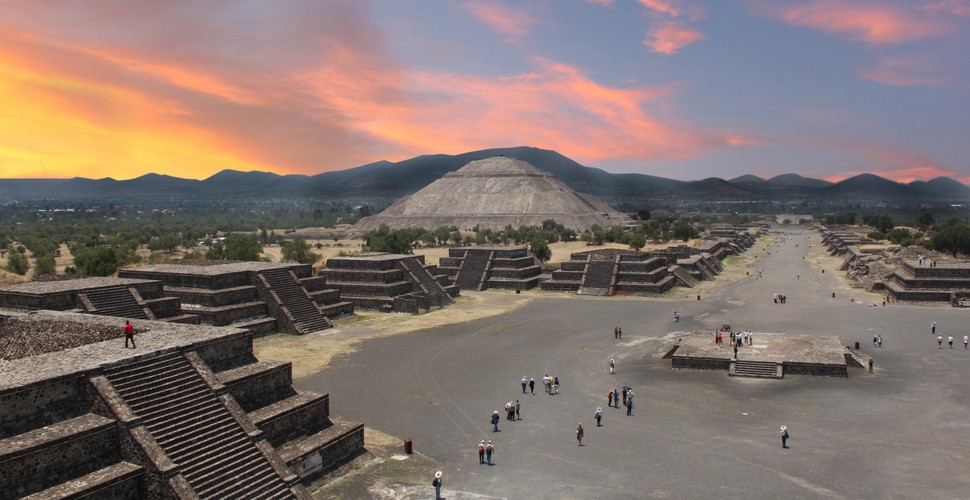
Teotihuacan
Colonial Influences
The arrival of Hernán Cortés in the early 16th century marked a turning point in Mexico City architecture and the city´s historical narrative. The Spanish conquistadors brought with them European architectural styles that began to blend with indigenous elements. The Metropolitan Cathedral, a towering symbol of Spanish Baroque architecture, was constructed on the site of the Templo Mayor. The cathedral's construction spanned centuries, reflecting the fusion of two worlds and the evolution of architectural techniques.

Colonial Church
Neoclassical Splendor
The colonial era eventually gave way to Mexican independence, and the 19th century witnessed a shift toward neoclassical architecture. Influenced by the ideals of Enlightenment, Mexico City architecture exuded a sense of symmetry, order, and grandeur. The Palacio de Bellas Artes, an iconic cultural center, seamlessly combines neoclassical and Art Nouveau elements, showcasing a refined aesthetic in its historical buildings that still captivates visitors today.
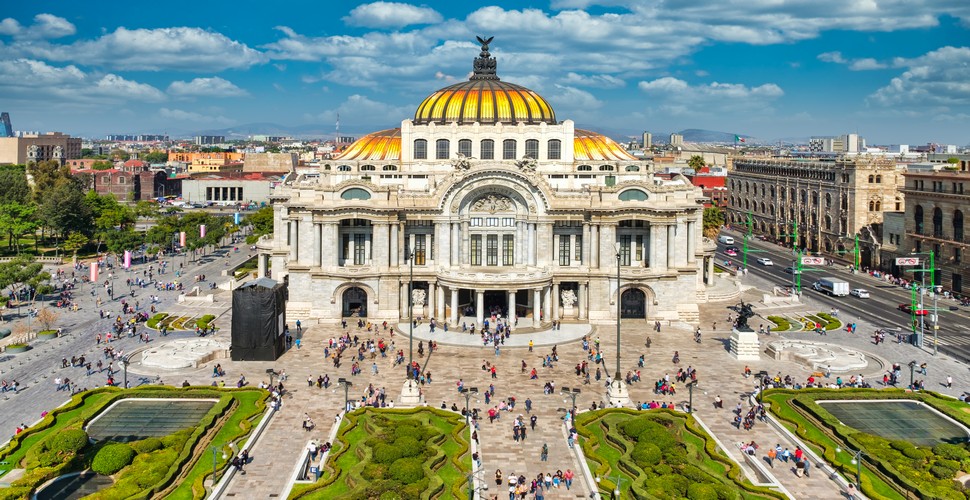
Palacio de Bellas Artes
Modernist Movements
As the 20th century dawned, Mexico City embraced modernist architectural movements. The Art Deco influence can be seen in structures like the Torre Latinoamericana, once the tallest building in Latin America, and the Casa de los Azulejos, famed for its ornate blue-and-white tilework. The city's unique blend of modernism, local craftsmanship, and international trends birthed a distinctive architectural identity.

Rainbow over Mexico City
Contemporary Expressions
In the modern era, Mexico City architecture has continued to evolve, reflecting a diversity of styles and influences. Skyscrapers grace the skyline, contemporary art museums push boundaries, and sustainable design practices gain prominence. The Museo Soumaya, a striking geometric masterpiece designed by architect Fernando Romero, exemplifies the city's contemporary architectural landscape.

Mexico City Skyline
Preserving the Past, Shaping the Future
While Mexico City's architectural journey encompasses an array of styles and periods, preserving its historical treasures is a vital task. Conservation efforts are crucial to maintaining the city's character and honoring the stories embedded within its buildings. At the same time, embracing innovative design approaches allows for the creation of spaces that cater to the needs of modern society while respecting the city's heritage and historical buildings.
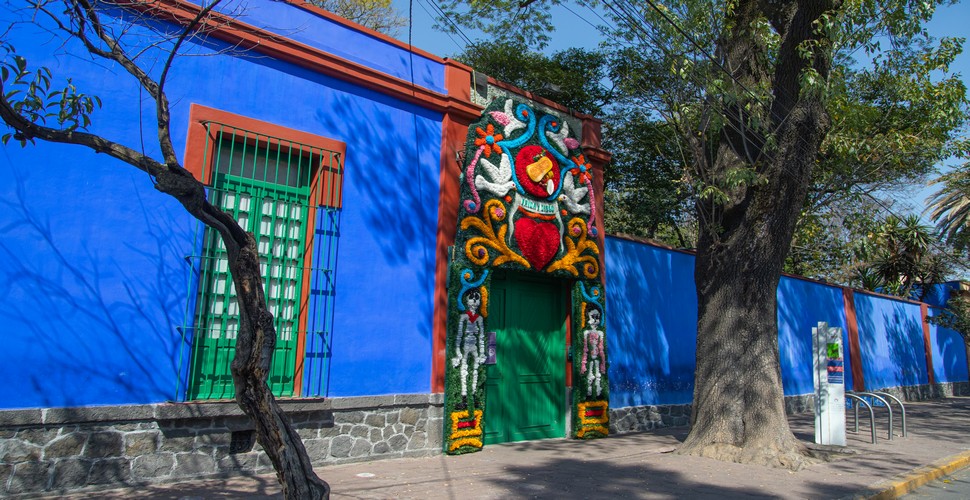
Frida Kahlo Museum
In conclusion, Mexico City architecture is a living testament to the layers of history that have shaped its identity. From the majestic pyramids of the Aztecs to the towering skyscrapers of today, the city's architecture reflects the ebb and flow of cultures, ideologies, and artistic expressions. Exploring this architectural journey is not only a visual delight but also a profound way to connect with the soul of Mexico City and its enduring narrative. Find out more here about a trip to Mexico to witness Mexico City architecture with your own eyes!
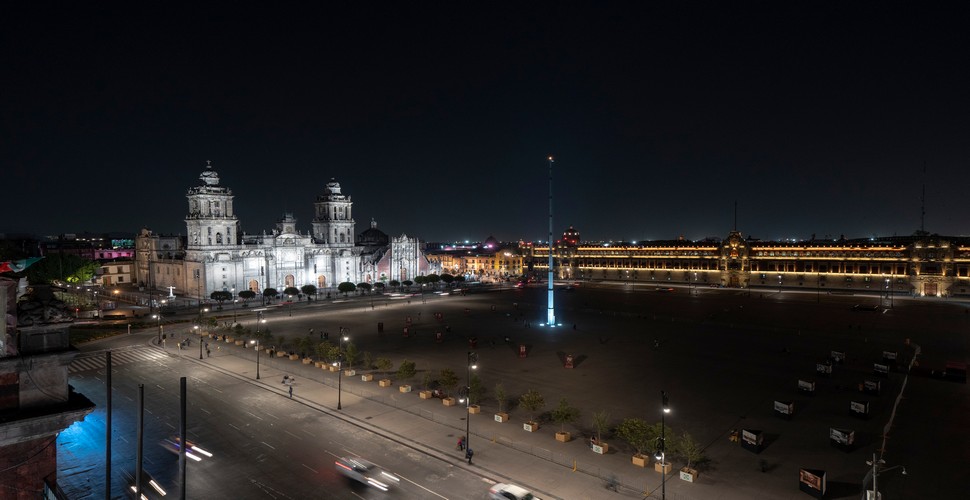
Zocalo, Mexico City







